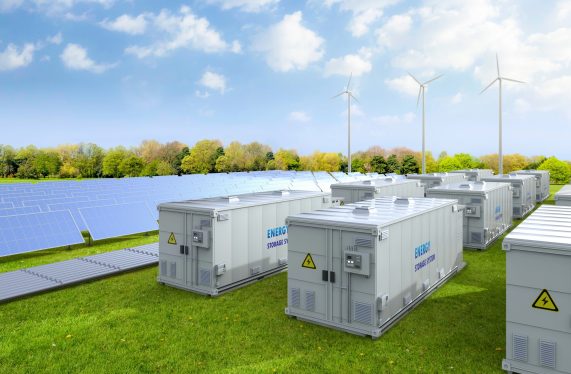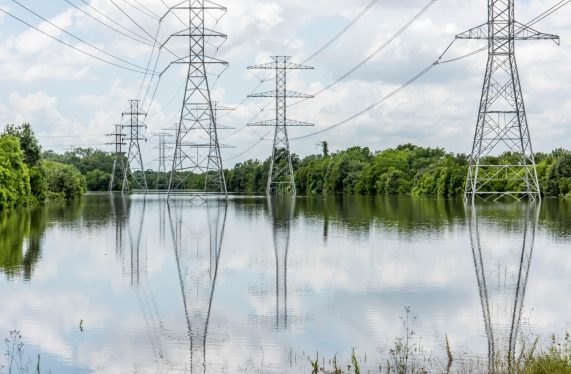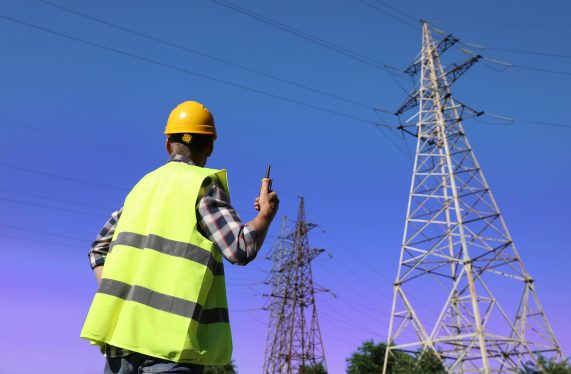Nowadays, renewable energy sources have gained importance as a means of achieving the European target of 55% lower greenhouse gas emissions by 2030, while maintaining energy security (European Green Deal 2019).
Wind energy has emerged as one of the most alluring clean and renewable energy sources.
Wind energy can be harnessed through onshore or offshore wind turbines.
Onshore wind energy started to be installed on a massive scale in the 1980s and has since experienced rapid growth with global production exceeding 1.5 million GWh in 2021 (IRENA Renewable energy statistics 2021).
Offshore energy production started several years later, but is growing rapidly with global production being around 140,000 GWh in 2021 (IRENA Renewable energy statistics 2021).
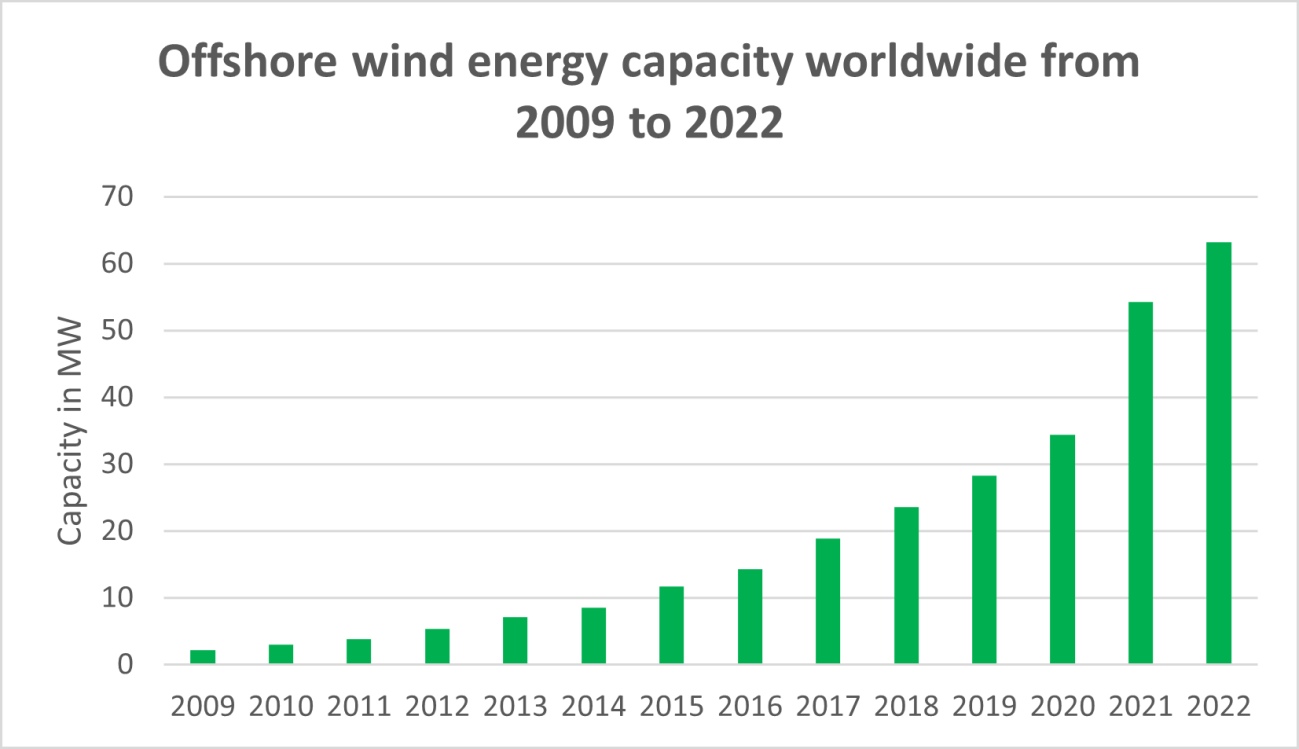
By 2030, the EU aims to invest around €20 billion in the wind energy market, 60% of which will be directed towards offshore wind.
In particular, by 2030, Greece aims to cover at least 35% of its total energy consumption with renewable sources, with offshore wind playing a key role in achieving this target.
Indeed, Greece aims to install around 10-12 offshore wind farms by the end of the decade.
Unlike their onshore counterparts, offshore wind turbines exploit stronger and more stable winds, offering higher and more reliable electricity generation.
The Aegean can offer ideal conditions for offshore wind farms, which can take full advantage of the potential of these winds, providing a stable source of clean energy.
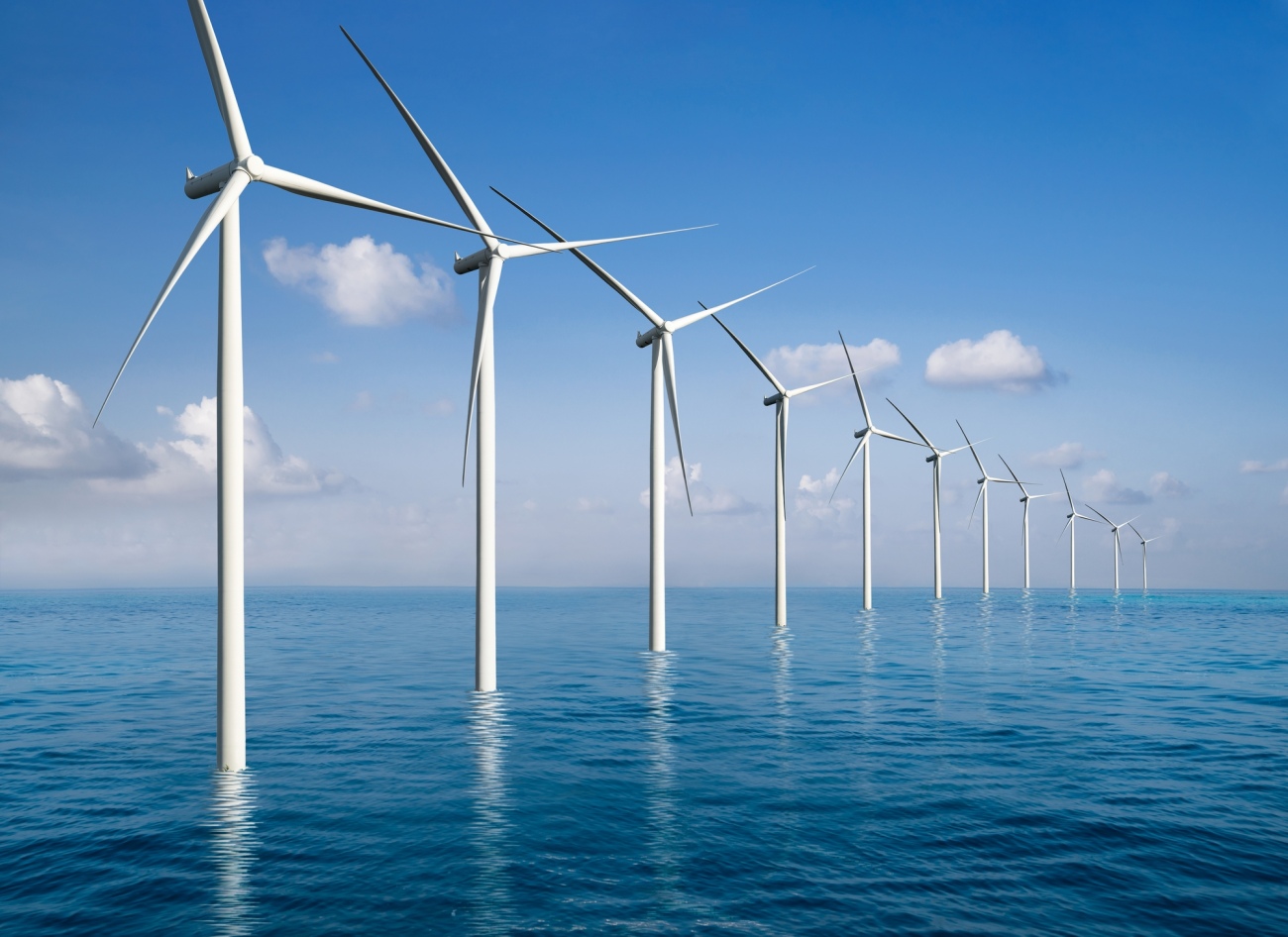
Although offshore wind farms are a promising means of generating energy, they are a difficult practice.
Environmental impact assessments, permitting processes and stakeholder engagement are critical aspects of developing such projects.
In addition, ensuring responsible management of marine ecosystems is crucial.
Finally, the planning of wind farms in the Aegean poses challenges in terms of passenger ship routes (especially in the Cyclades region) and the structural reliability of the wind turbine foundations.
Various types of wind turbine foundations have been developed and studied by the geotechnical scientific community, with the aim of finding the techno-economically optimal solution, taking into account the soil conditions and the depth of the sea (Fig. 2).
The majority of the existing offshore wind turbines have fixed foundations.
The main types of fixed foundations are gravity base, monopile, jacket and tripod. These types of foundations are suitable for water depths of less than 50 m.
However, the most important wind resource is located at great sea depths and is inaccessible to bottom-founded wind turbines.
In Europe in particular, 80% of offshore wind energy is met in depths greater than 50m (Floating Offshore Wind: Market and Technology Review June 2015).
Indeed, the depth of the Aegean Sea is about 4.7 km.
As a result, over the last 10 years, the interest in floating offshore wind turbines has increased significantly. In this case, the wind turbine is mounted on a floating structure which is held in place by an anchorage system.
The most common types of floats are Tension Leg Platform (TLP) type, Semisubmersible type and SPAR type.
More details on offshore wind turbine foundation types can be found in the scientific publication by Wu et al. (2019).
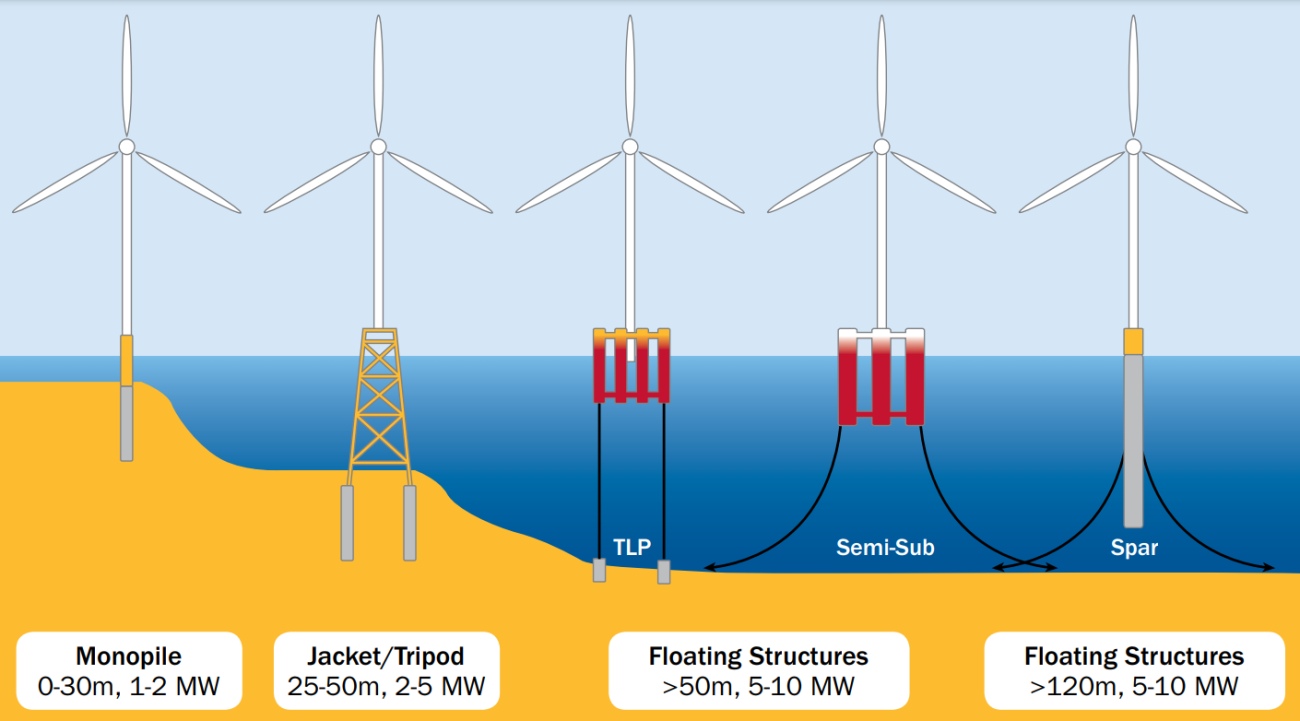
Greece's offshore wind energy journey is still in its early stages, but the country's commitment to renewable energy is unwavering.
With supportive policies, technological developments and partnerships with industry leaders, Greece is poised to become a prominent player in the global offshore wind energy sector.
Synenergy Advisors aspires to participate in this sector, always following the latest technological developments.

